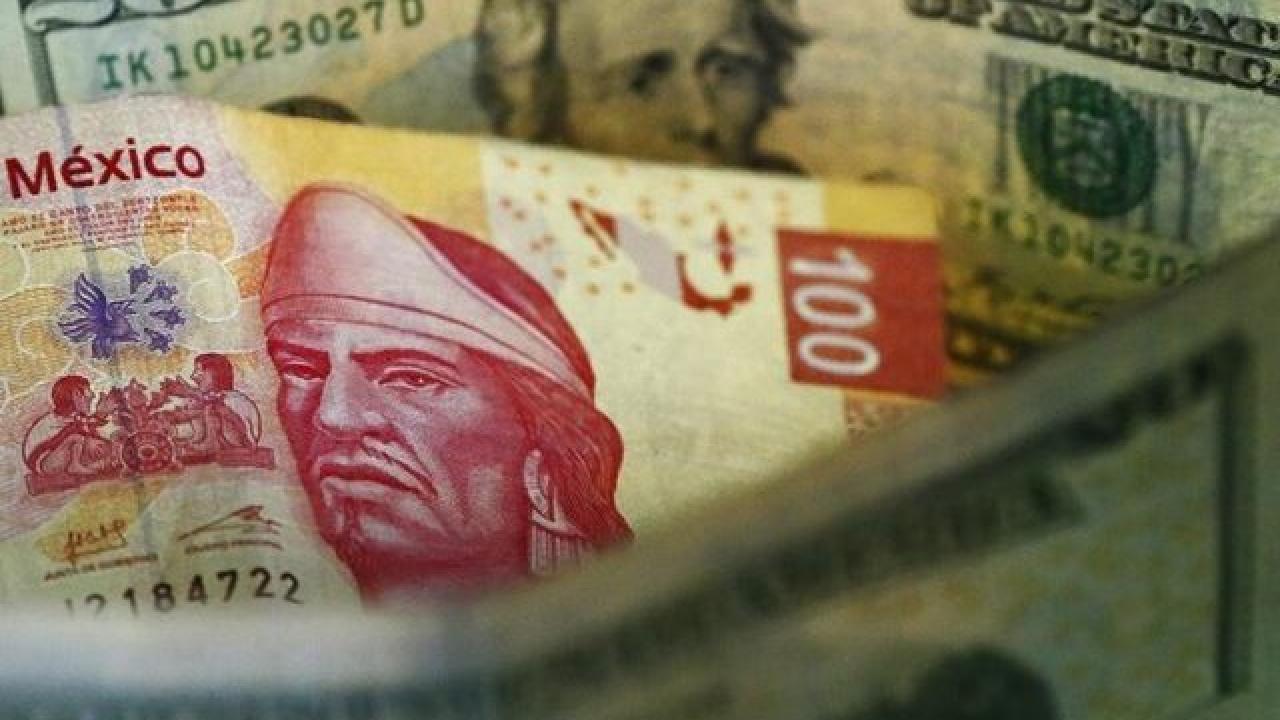
While Peru and Colombia experienced modest increases, affected by the lack of consensus between employers and workers, Mexico and Chile maintain their leadership in the region, although with doubts about the near future.
December has been a month of wage adjustments for the members of the Pacific Alliance. Their governments have increased the minimum living wages, although under different circumstances, as not all countries reached a consensus to apply these measures.
The wave of wage increases began on December 4, when Mexican President Claudia Sheinbaum announced a 12% increase in the minimum wage, starting January 1, 2025, following an agreement between the labor and business sectors. Thanks to this decision, the general minimum wage rose from 248.93 pesos per day (US$ 11.94) to 278.80 (US$ 13.38).
In the free trade zone of the Northern Border, the amount rose from 374.89 pesos (US$ 17.99) to 419.88 (US$ 20.15). The latter is a 25-kilometer strip adjacent to the international border with the United States, which has a double minimum wage to reduce trade inequalities with the neighboring country. If the figures are analyzed, the new monthly salary in the northern border amounts to 12,596 pesos (US$ 604.5) and 8,364 pesos (US$ 401.4) in the rest of Mexico.
It is worth noting that during the announcement of the measure, Sheinbaum promised that her government will promote annual increases of 12% to the minimum wage, with the goal that Mexicans will be able to acquire 2.5 basic baskets by 2030. This is an objective focused on the recovery of purchasing power undertaken since the López Obrador administration.
However, everything points to the sky not being the limit for the aspirations of the Morena government. Last month, the National Commission for Minimum Wages (Conasami) published a report analyzing the impacts of the wage increase policy of previous periods.
The article highlights that the 2025 increase is eight percentage points lower than the increases of the last two years. Jesús Carrillo, director of Economics at the Center for Research in Public Policy, highlighted in a recent article that this significant reduction in the increase in the minimum wage reflects that future increases should be more cautious.
The impact on companies is also significant: Conasami states that labor costs will increase by 1.4% with the latest wage increase. The situation becomes alarming if we take into account that the cost for large companies will be 0.4% at the national level, while for micro and small companies it will rise to 8.4%.
Under this scenario, the construction sector would be one of the most affected with an additional 2.9% burden in Mexico. Thus, doubts persist as to whether the Sheinbaum administration will be able to keep its initial promises of a constantly growing minimum wage.
DOUBTS IN COLOMBIA AND PERU
Three weeks later, Colombia followed suit after President Gustavo Petro announced a 9.54% increase in the minimum wage by 2025 on December 24. As of yesterday, the figure has risen to 1,423,500 pesos per month (US$322.9). As inflation in the coffee-producing country closed at 5% annually, Petro estimated that the minimum wage would have a real increase of 4.54%.
The Colombian government decided to increase it by decree, after failing to reach an agreement with the business and union sectors. Until December, the salary was 1,300,000 pesos (US$ 294.88), after another increase by decree, of 12.07%, at the end of 2023. At that time, annual inflation reached 9.28%, which caused a real increase lower than the current one (2.79%).
Although Colombians welcome the new year with better income prospects, we must also consider the tendency of prices of goods and services to rise in parallel with the minimum wage. A clear example is co-payments to Health Promoting Entities (EPS). These will be higher, which will affect those who require medical services such as general consultations or laboratory tests.
In turn, public transport fares, traffic fines and even services of independent workers would also be affected by the close relationship between their value and the minimum wage.
Another country that has not reached a national consensus on the increase is Peru. Although on December 27, the government of Dina Boluarte decided to raise the minimum wage from 1,025 to 1,130 soles (US$ 270.1 to US$ 297.8), the General Confederation of Workers of Peru (CGTP), the main union in the country, spoke out against it.
"The amount should have been 1,330 soles (US$ 350.5) and not 1,130. We have demonstrated at the National Labor Council's negotiating table that an additional 305 soles (US$ 80.39) increase was feasible. However, the Government gave in to business pressure," said Gustavo Minaya, deputy secretary of the union.
The union's spokesperson thus referred to the failure of the dialogue between the National Labor Council and the Special Commission on Productivity and Minimum Wage, in which both employers and workers participate. From the other side, Alfonso Bustamante, president of the National Confederation of Private Business Institutions (Confiep) opposed the salary increase, stating that the Peruvian economy is still recovering from the 2023 recession and that companies could be affected by Boluarte's measure.
That said, Peru's minimum wage remains one of the lowest in South America. It currently ranks seventh, ahead of only Guyana, Brazil, Argentina and Venezuela. Meanwhile, Uruguay tops the list with an estimated wage of US$570.
THE CHILEAN CASE
Second place goes to Chile, whose minimum wage will rise this month to an estimated 511,500 pesos (US$ 514.1). We are talking about a readjustment based on the accumulated inflation between July and December 2024. In addition, it is due to a fundamental issue: President Gabriel Boric's interest in guaranteeing Chileans a minimum wage of more than 500,000 pesos (US$ 502.5), a goal achieved gradually during his government.
This process began when the minimum wage of 350,000 pesos (US$ 351.7) was raised to 380,000 (US$ 381.9) in May 2022. Subsequently, in January 2023, after inflation exceeded 7% annually during the previous year, the remuneration took off to 410,000 pesos (US$ 412.09).
In contrast, the Central Bank of Chile stated that in November 2024, annual inflation was recorded at 4.2%, which has influenced a more modest wage increase. It is not ruled out that in the first half of 2025, this indicator could reach 5%, which would impact the new wage increase in July, the last one before the presidential elections in November.









